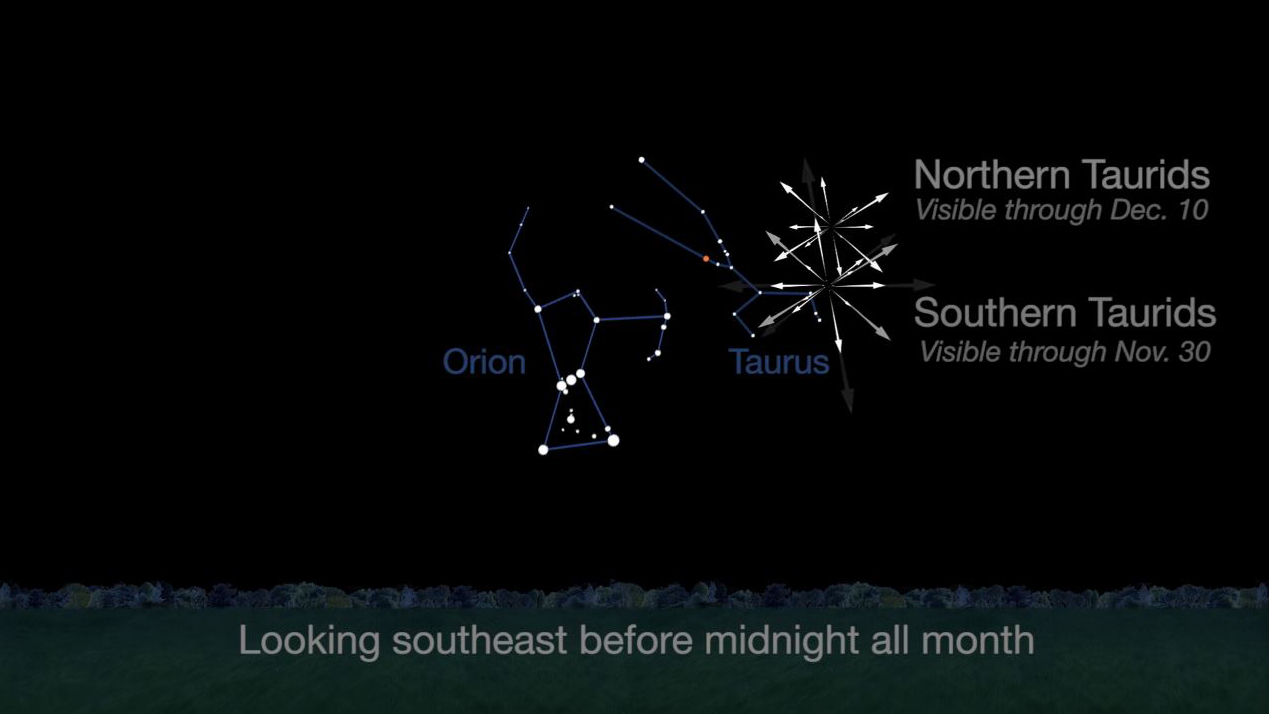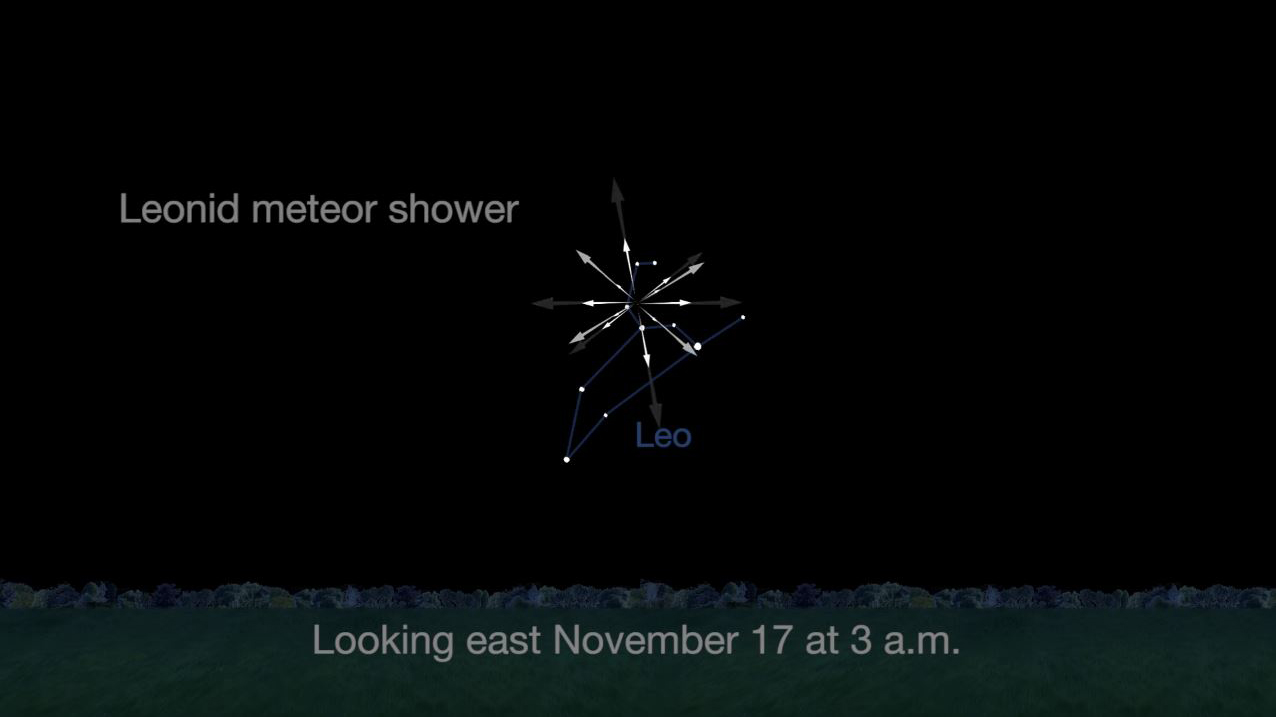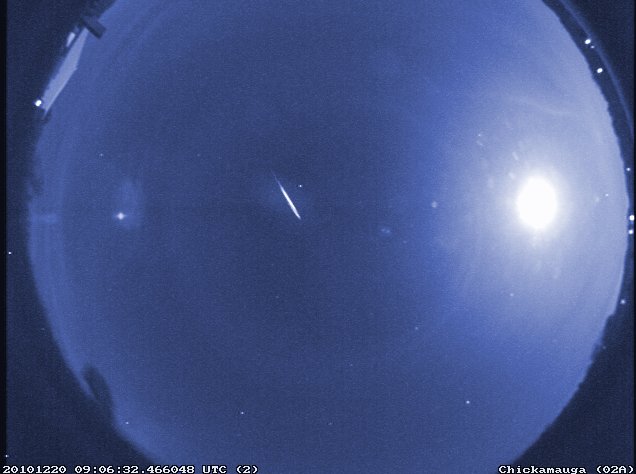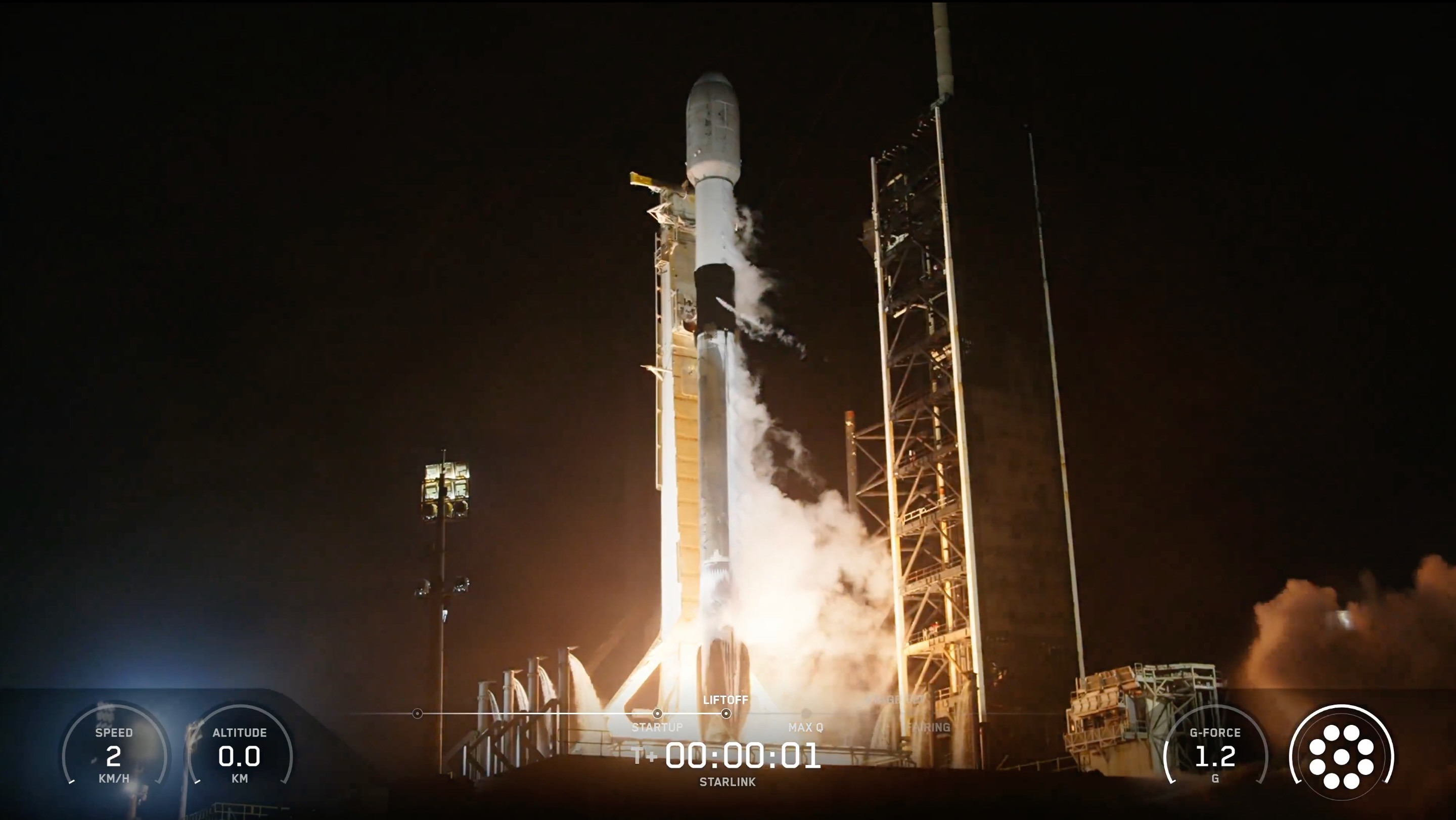Three Meteor Showers Will Light Up Skies in November
While November is generally a cold time to do astronomy, it's still worth going outside. This month, skywatchers will be treated to three meteor showers, and the best part is you need no equipment to see the displays, except something warm to wear.
Here are the three showers to look for in the Northern Hemisphere. The showers are produced when the Earth runs into debris streams left behind from comets or, occasionally, asteroids. Particles from the debris slam into Earth's atmosphere and burn up, producing a meteor, or "shooting star."
First up are the Taurids, which appear to radiate from the constellation Taurus. The meteor shower will peak on Friday and Saturday (Nov. 10 and 11), while the moon is in its last quarter, but the display will still be visible for several days before and afterward. The best time to see the meteor is around midnight, according to EarthSky.org.
While the number of meteors will be small (about five every hour, according to NASA), you can expect to see some bright ones and even some fireballs, according to the American Meteor Society. The meteor shower is caused by Earth passing through the trail of dust and debris left behind by Comet Encke. [How to See the Best Meteor Showers of 2017]
The Leonids, radiating from the constellation Leo, will peak on Nov. 17. This shower's peak is an ideal time for skywatchers, because the moon will not be in the sky washing them out. Occasionally, the Leonids produce storms of meteors, such as in 1966, when so many meteors fell that observers said the display was like rain, according to EarthSky.org. This year, however, is expected to produce faint meteors, at a rate of about 10 per hour. The meteors will peak at about 3 a.m. local time, according to NASA; the source of the shower is Comet Tempel-Tuttle.
The Orionids (radiating from the constellation Orion) peaked in October, but you can still catch a few stragglers from the end of this meteor shower in the November sky. Their particles originate from the famous Comet 1P/Halley, which is better known as Halley's Comet.
In general, this is the best way to watch a meteor shower: Go outside at least 20 minutes before you plan to start looking at the sky, because your eyes will need time to adjust to the darkness. (If you must look at something bright, like your phone, cover it with red tissue paper to soften the light's impact.)
Breaking space news, the latest updates on rocket launches, skywatching events and more!
Pick a comfortable spot on the ground — we also suggest bringing a blanket and coat this time of year — and lie flat on your back, looking approximately near the zenith (top) of the sky. If you look at the meteors at a spot too close to the radiant (the direction in which they emerge), you'll see only fainter ones with short paths. Also, there's no need to bring a telescope or binoculars, as those instruments are designed for looking at faint, stationary objects.
Follow us @Spacedotcom, Facebook and Google+. Original article on Space.com.

Elizabeth Howell (she/her), Ph.D., was a staff writer in the spaceflight channel between 2022 and 2024 specializing in Canadian space news. She was contributing writer for Space.com for 10 years from 2012 to 2024. Elizabeth's reporting includes multiple exclusives with the White House, leading world coverage about a lost-and-found space tomato on the International Space Station, witnessing five human spaceflight launches on two continents, flying parabolic, working inside a spacesuit, and participating in a simulated Mars mission. Her latest book, "Why Am I Taller?" (ECW Press, 2022) is co-written with astronaut Dave Williams.



